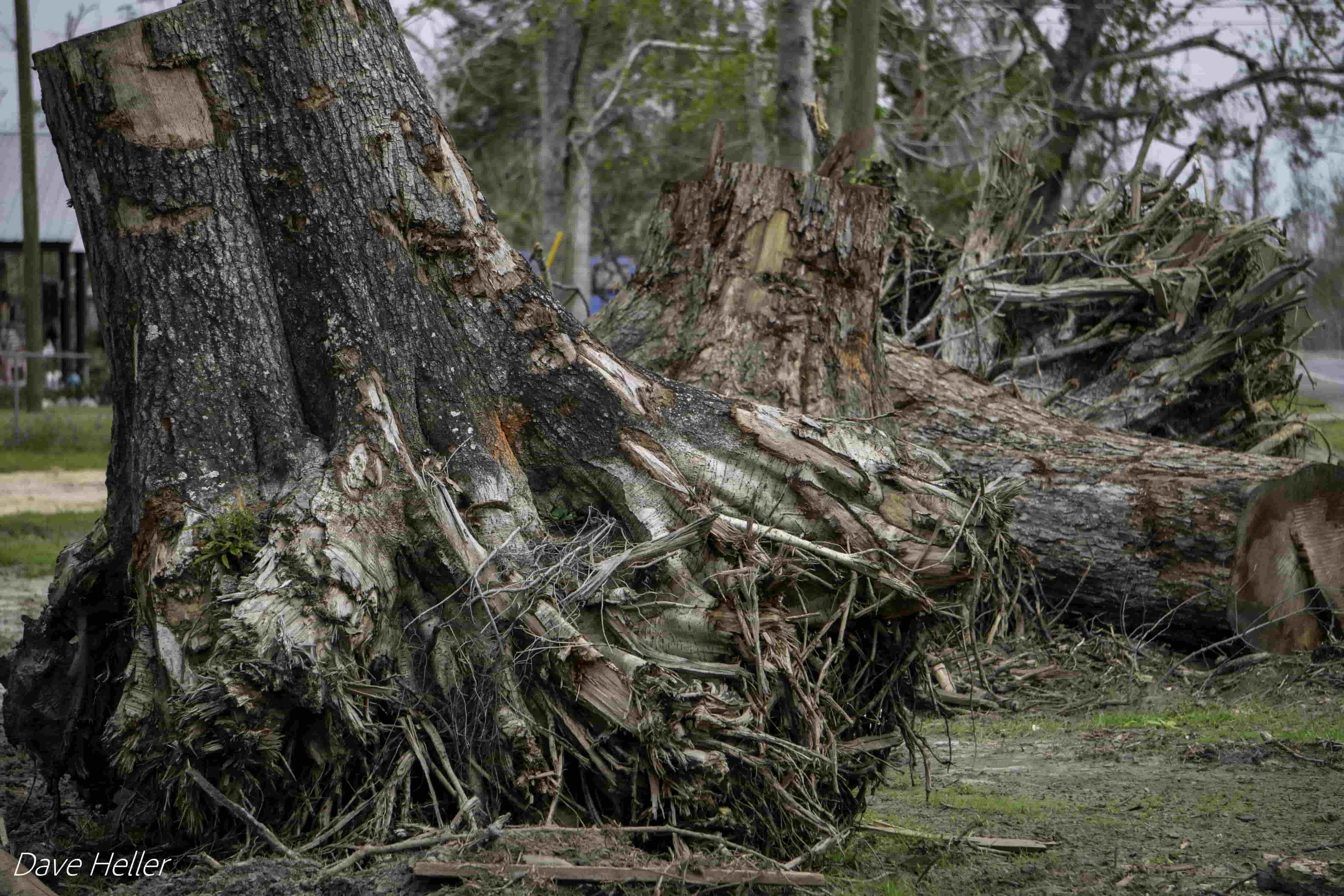
When Hurricane Michael tore through Florida’s Gulf Coast last October, it raked a devastating path of damaged property, downed power lines, felled trees and strewn vegetation.
Months later, the effects of Hurricane Michael — which was recently upgraded from a Category 4 to an exceedingly rare Category 5 — still linger, both for the people whose lives were uprooted by the storm and for the hundreds of thousands of acres of heavily forested land it destroyed.
State officials say these vast tracts of toppled trees throughout North Florida present a new hazard: a significantly increased threat of wildfire. They worry the fallen leaves and snapped limbs could act as kindling, promoting the rapid intensification of fires that may not have otherwise had the fuel to spread.
Florida State University experts are available to comment on this elevated risk of wildfire and the steps officials are taking in an attempt to mitigate the threat.
William Butler, associate professor in the Department of Urban and Regional Planning
(850) 644-9801; wbutler@fsu.edu
Butler’s research and teaching focus primarily on collaborative environmental planning and management. His work explores ways to enhance social-ecological resilience of human-natural systems through collaborative governance.
“My work on the U.S. Fire Learning Network and Co-management of Fire Risk Transmission projects point to the importance of working to address wildfire before it gets out of hand and catastrophic. The buildup of fuels has been a long-standing issue in the wildfire management community and is a continuous issue that does not go away after fuels are removed — they start to build up again very quickly. In the case of a storm event like Hurricane Michael, we have an immediate spike in fuel loading on the landscape with all of the downed and splintered trees. This could lead to catastrophic fires if left unattended, especially during a dry season or drought.”

Bryan Quaife, assistant professor in the Department of Scientific Computing
bquaife@fsu.edu; (512) 436-1148
Quaife’s research interests include scientific computing, integral equation methods, fluid dynamics and fire dynamics.
“The southeastern United States, including Florida, uses prescribed fire to reduce the risk of large-scale wildfires. However, the risk of fire has recently increased because of events such as Hurricane Michael. There is currently an increase in the amount of dry fuel beds, and the atmospheric flow in the critical region under the forest canopy has been altered.”
Tarek Abichou, professor in the FAMU-FSU College of Engineering
abichou@eng.famu.fsu.edu; (850) 410-6661
Abichou conducts research in the field broadly defined as geo-environmental engineering. He is known for his work on sustainable solid waste management.
“My students are currently using before-and-after satellite images to assess the spatial variation and level of tree and vegetation damage caused by Hurricane Michael. We are using the data to possibly assess the extent of damage in future storms for debris management planning purposes. The same approach could hopefully be used to assess the risk of wildfire occurrences.”
Stephanie Pau, assistant professor in the Department of Geography
spau@fsu.edu; (850) 644-1706
Pau’s research is focused on understanding how climate change alters the ecology and distribution of forest and savanna systems.
“Hurricane Michael resulted in catastrophic losses of forests in the Panhandle region. With up to 90 percent tree mortality in some places, there is a risk of severe wildfires in the region. Pest outbreaks that follow storm damage may kill even more trees. Because the risk of increasingly strong storms will only worsen with a warmer climate, land managers need to consider hurricane recovery plans to remove the fuel contributing to wildfires.”




